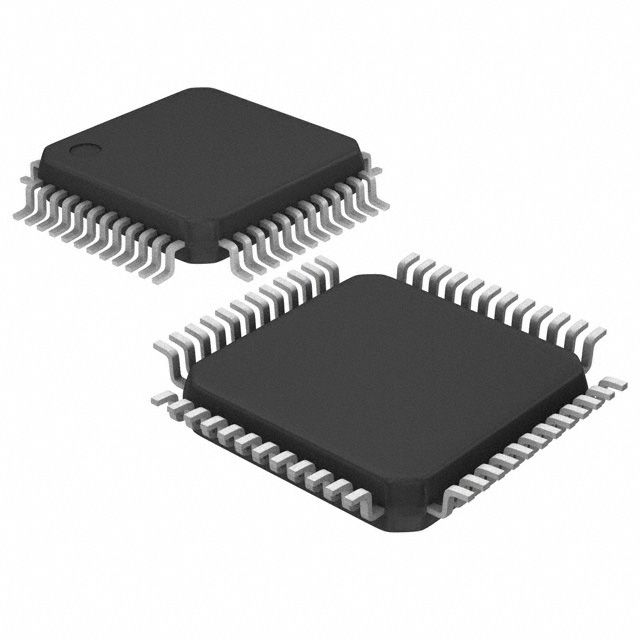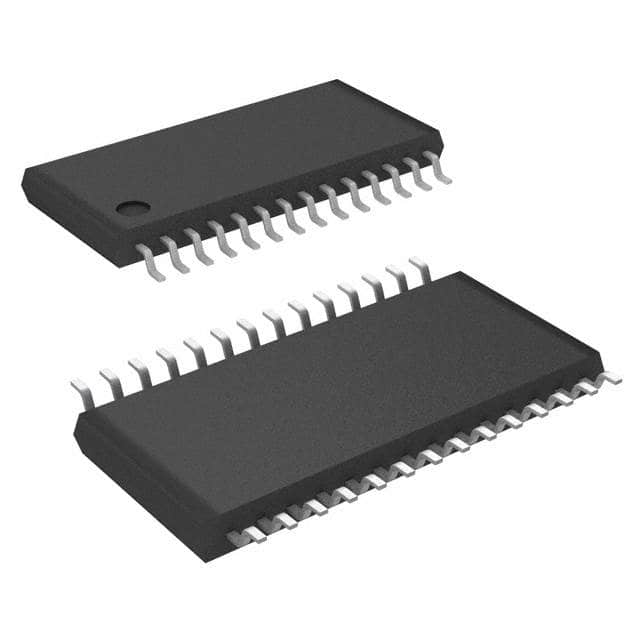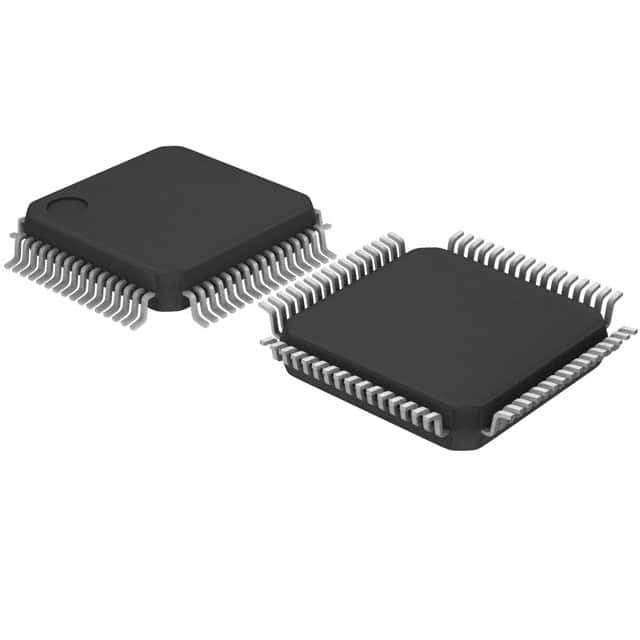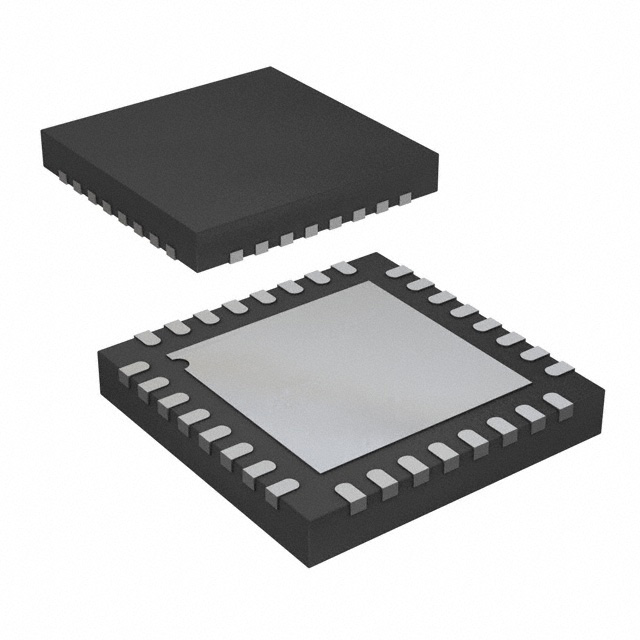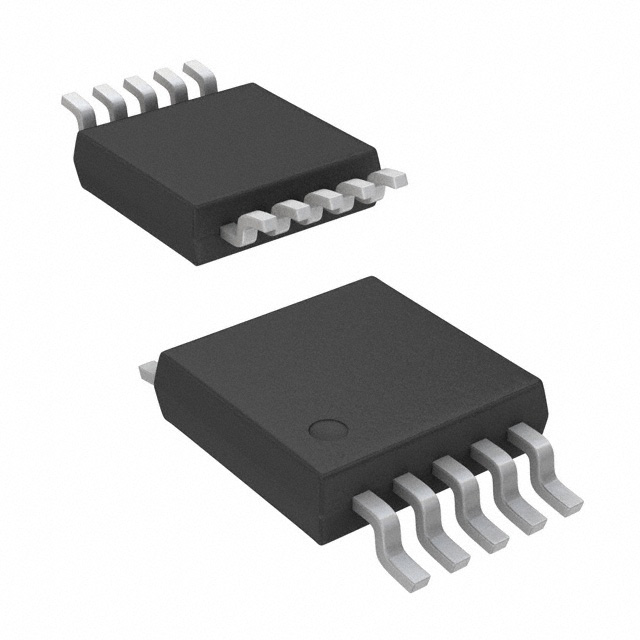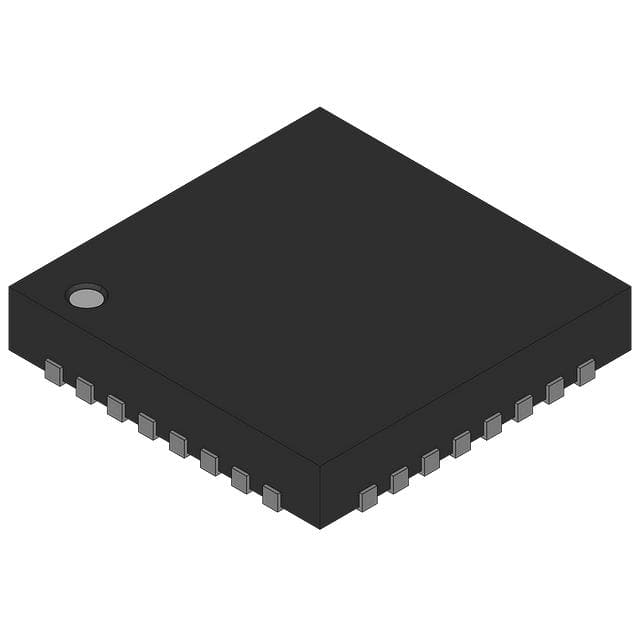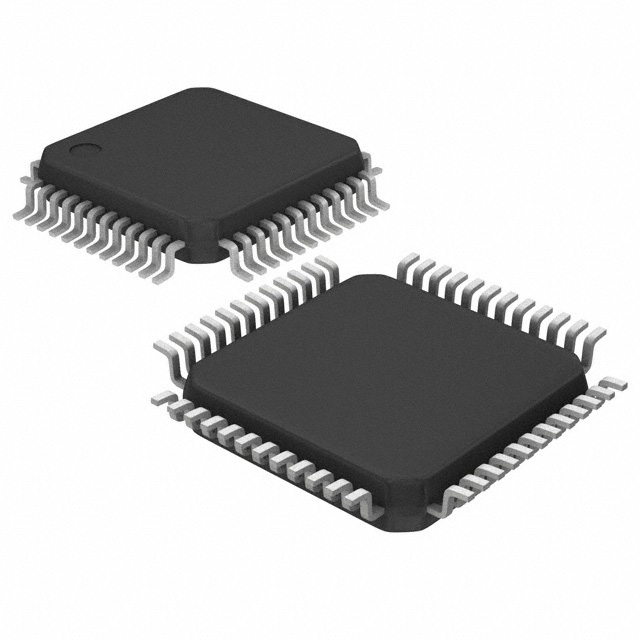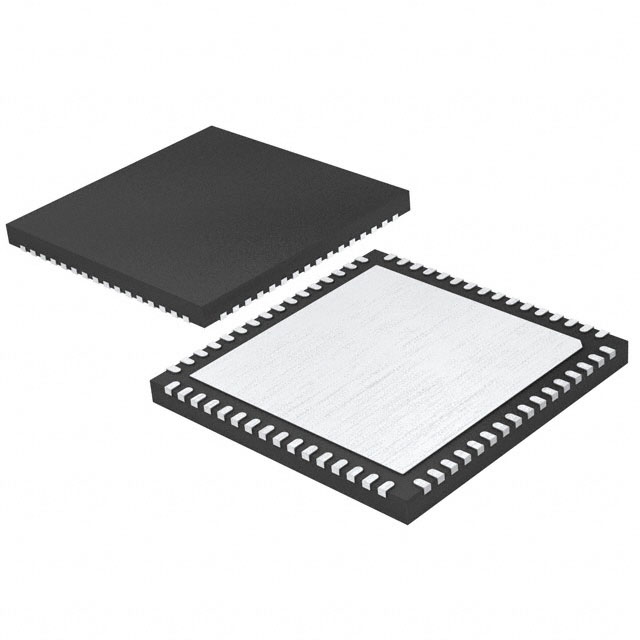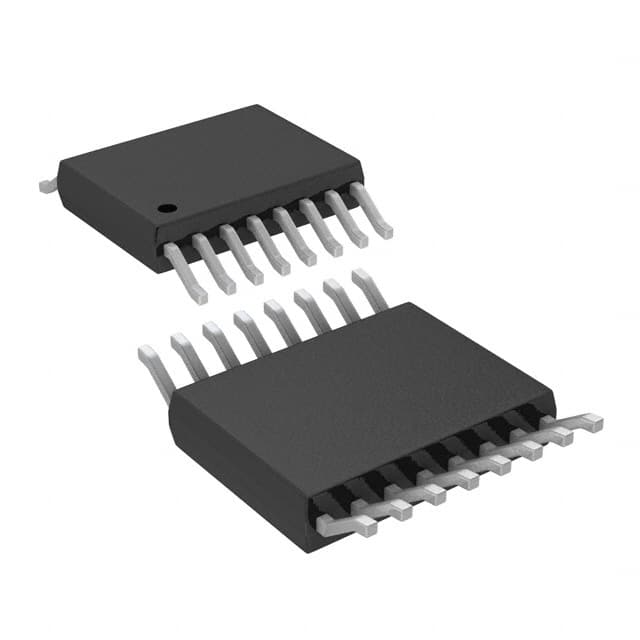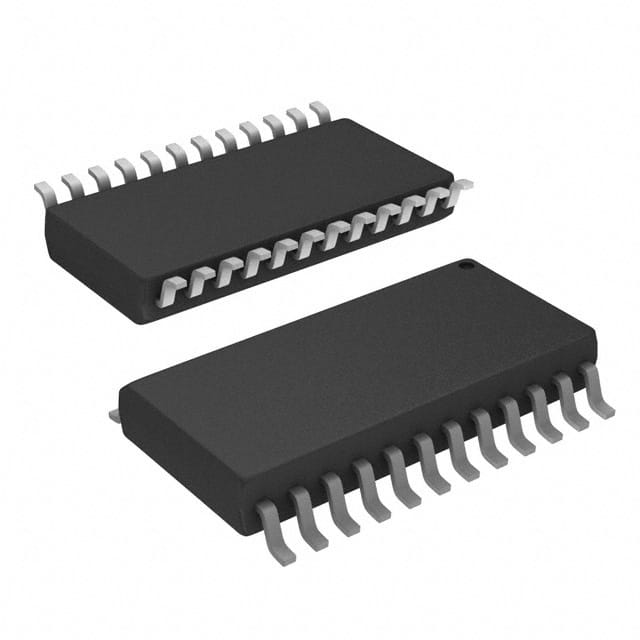AD7663ASTZ Product Introduction:
Analog Devices Inc. Part Number AD7663ASTZ(Data Acquisition - Analog to Digital Converters (ADC)), developed and manufactured by Analog Devices Inc., distributed globally by Jinftry. We distribute various electronic components from world-renowned brands and provide one-stop services, making us a trusted global electronic component distributor.
AD7663ASTZ is one of the part numbers distributed by Jinftry, and you can learn about its specifications/configurations, package/case, Datasheet, and other information here. Electronic components are affected by supply and demand, and prices fluctuate frequently. If you have a demand, please do not hesitate to send us an RFQ or email us immediately sales@jinftry.com Please inquire about the real-time unit price, Data Code, Lead time, payment terms, and any other information you would like to know. We will do our best to provide you with a quotation and reply as soon as possible.
Introducing the Analog Devices Inc. AD7663ASTZ, a cutting-edge analog-to-digital converter (ADC) that revolutionizes data acquisition in various industries. With its exceptional performance and versatile features, this ADC is designed to meet the demanding requirements of high-speed and high-resolution applications.
The AD7663ASTZ boasts an impressive 16-bit resolution, enabling accurate and precise data conversion. Its sampling rate of up to 1.5 MSPS ensures fast and efficient data acquisition, making it ideal for applications that require real-time monitoring and control. Additionally, the ADC offers a wide input voltage range, allowing it to handle a diverse range of signals.
This ADC is equipped with a flexible serial interface, enabling seamless integration with microcontrollers and digital signal processors. Its low power consumption and small form factor make it suitable for portable and battery-powered devices. Furthermore, the AD7663ASTZ features excellent linearity and low noise, ensuring reliable and high-quality data conversion.
The AD7663ASTZ finds applications in various fields, including industrial automation, medical devices, telecommunications, and scientific instrumentation. It can be used for precision measurement, sensor data acquisition, audio processing, and many other data acquisition tasks. Its exceptional performance and versatility make it an indispensable tool for engineers and designers seeking reliable and accurate data conversion solutions.
In conclusion, the Analog Devices Inc. AD7663ASTZ is a state-of-the-art ADC that offers exceptional performance, versatility, and reliability. With its high-resolution, fast sampling rate, and wide input voltage range, it is the perfect choice for a wide range of high-speed and high-resolution data acquisition applications.
Analog to digital Converters (ADCs) are electronic devices used to convert continuously varying Analog signals into discrete Digital signals. This process usually includes three steps: sampling, quantization and coding. Sampling means capturing the instantaneous value of an analog signal at a fixed frequency; Quantization approximates these transient values to the nearest discrete level; Finally, the encoding converts the quantized value into binary numeric form.
Application
ADCs(Analog-to-digital Converters) is widely used in a variety of scenarios, such as audio and video recording, measuring instruments, wireless communications, medical devices, and automotive electronics. For example, in audio devices, the ADC is responsible for converting the sound signal captured by the microphone into a digital format for easy storage and transmission.
FAQ about Data Acquisition - Analog to Digital Converters (ADC)
-
1. What are DAC and ADC?
ADC and DAC are two important concepts in digital electronics. ADC stands for "analog-to-digital converter", which can convert analog signals into digital signals. DAC stands for "digital-to-analog converter", which can convert digital signals into analog signals. Both converters play an important role in many electronic products, such as mobile phones, televisions, stereos, etc.
-
2.
How many types of ADC are there?
The types of ADC (Analog-to-Digital Converter) mainly include:
1. Integral ADC: Its working principle is to convert the input voltage into time (pulse width signal) or frequency (pulse frequency), and then obtain the digital value by the timer/counter. The advantage of the integral ADC is that it can obtain high resolution with a simple circuit and has strong anti-interference ability, but the disadvantage is that the conversion rate is extremely low because the conversion accuracy depends on the integration time.
2. Successive approximation type (SAR ADC): The successive approximation ADC is one of the most common architectures. Its basic principle is to convert by gradually approximating the value of the analog input signal. The advantages of the successive approximation ADC are high speed and low power consumption. It is cheap at low resolution, but expensive at high precision.
3. Parallel comparison type/serial-parallel comparison type ADC: The parallel comparison type AD uses m
-
3. What is the difference between ADC and DAC?
The main difference between ADC and DAC is that they process different types of signals and conversion directions.
The main function of an ADC (analog-to-digital converter) is to convert analog signals into digital signals. This process involves sampling, quantization, and encoding, where sampling is the periodic measurement of the value of an analog signal at a certain sampling rate, quantization is the conversion of the sampled continuous values into a finite number of discrete levels, and encoding is the conversion of the quantized discrete levels into binary code. The output of the ADC is a digital signal that can be processed and stored by a computer or other digital circuit for various applications such as digital signal processing, data logging, and communications. Common applications in life include microphones, digital thermometers, digital cameras, etc., which convert the actual perceived analog information into digital signals for further processing and analysis12.
DAC (
 Lead free / RoHS Compliant
Lead free / RoHS Compliant



